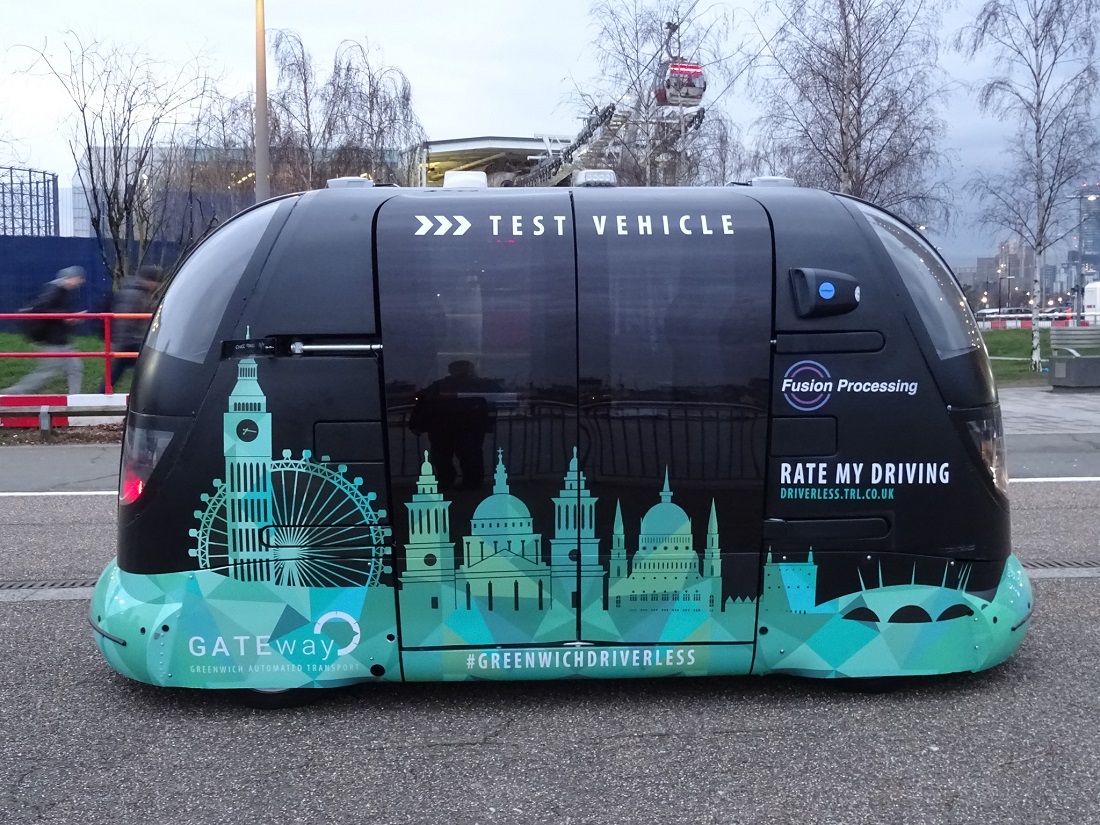Human beings, in general, are incredibly thoughtful creatures, they think logically and are for the most part good and kind to their fellow human beings. For some reason when we get behind the wheel of an automobile all that goes out of the window.
While we’ve managed to create some sort of semblance of order on our highways, the plain truth is that there are far too many accidents that can be directly attributed to driver error.
As a tow truck driver in St Louis I see the result with horrible daily accidents, traffic, and general mayhem on the streets, byways, and highways in-and-around STL.
A Better Way?
While all this mayhem might be good for business, I’d probably be the first to admit that there’s a better way. After some soul searching, I strongly believe that this “better way” will be powered by driver-less vehicles run by Artificial Intelligence (AI).
Although robots driving our cars seems like a frightening proposition, studies after studies have shown that a driverless future has the potential to reduce congestion and will almost certainly cut fatalities by more than 90%.
These are huge benefits worth looking into that could save millions of lives and improve the standard of living for many others.
So in a bit of a departure from my normal towing articles, I wanted to take some time to highlight cities that are starting to take the leap into a driverless future and talk about the benefits of this automation and get into some cities that are starting to apply the technology.
Driverless Vehicles Could Produce a Drastic Reduction in Emissions
Drive in any major city on the East Coast and it will become all-too apparent that the current transportation system in the US is highly inefficient. City populations are steadily growing and many of the roads in major cities are congested as a result.
Driverless vehicles could help solve that problem, as a recent study showed. The study looked at how many driverless cars would have to be in a city to handle the demand.
They divided the cars into two services, one service that would allow people to share a vehicle and one service that gives you your own private car. They determined that on this system people could be transported effectively with just 10 percent of the current vehicles.
To put it another way, applying the results of this study globally, automation could reduce the number of cars needed by 90 percent.
Almost a Reality in London
Driverless vehicles have been viewed as a technology that will only come about in the distant future. However, many companies are actively developing autonomous driving technology.
In London a company called Addison Lee is has conducted trials in Greenwich with NO accidents thus far (knock on wood). It is expected that their taxi service should be operational by 2021.
Scotland is Investing in the Technology
In Scotland the government is investing in driverless technology. They are planning to have driverless buses transport passengers from Fife to Edinburgh, a 14-mile-long route. Each bus can carry up to 42 passengers and can complete around 1,000 trips each week. Trials have already begun, and this could become a reality by the year 2021.
China Already has a Driverless Bus
In China a driverless bus has been operational since 2015. The bus takes passengers along a 20-mile-long route through a busy city. While a bus driver currently sits behind the wheel, they are only there for safety reasons.
Driverless Trains Already in Use in London
When thinking of driverless technology everyone automatically thinks of vehicles like cars and buses. However, automated trains may be easier to develop according to Australian company Transdev. This is shown by the fact that in London driverless trains are already in use. London has a driverless train transporting passengers along it’s Thames link line.
The technology can sense where other trains are and adjust speed accordingly, allowing the trains to travel closer together and, similar to the driverless buses in China, a trained human being oversees the train fleet with centralized software.
What are towing businesses to do?
Change is inevitable, and just like any other category, businesses need to adapt to the times or face extinction. Driverless vehicles could have numerous benefits for a public transit system. From Scotland to China, governments and companies alike are looking at automation technology to see how they can use it to benefit humanity in the future.
Thanks for reading and drive safe!



